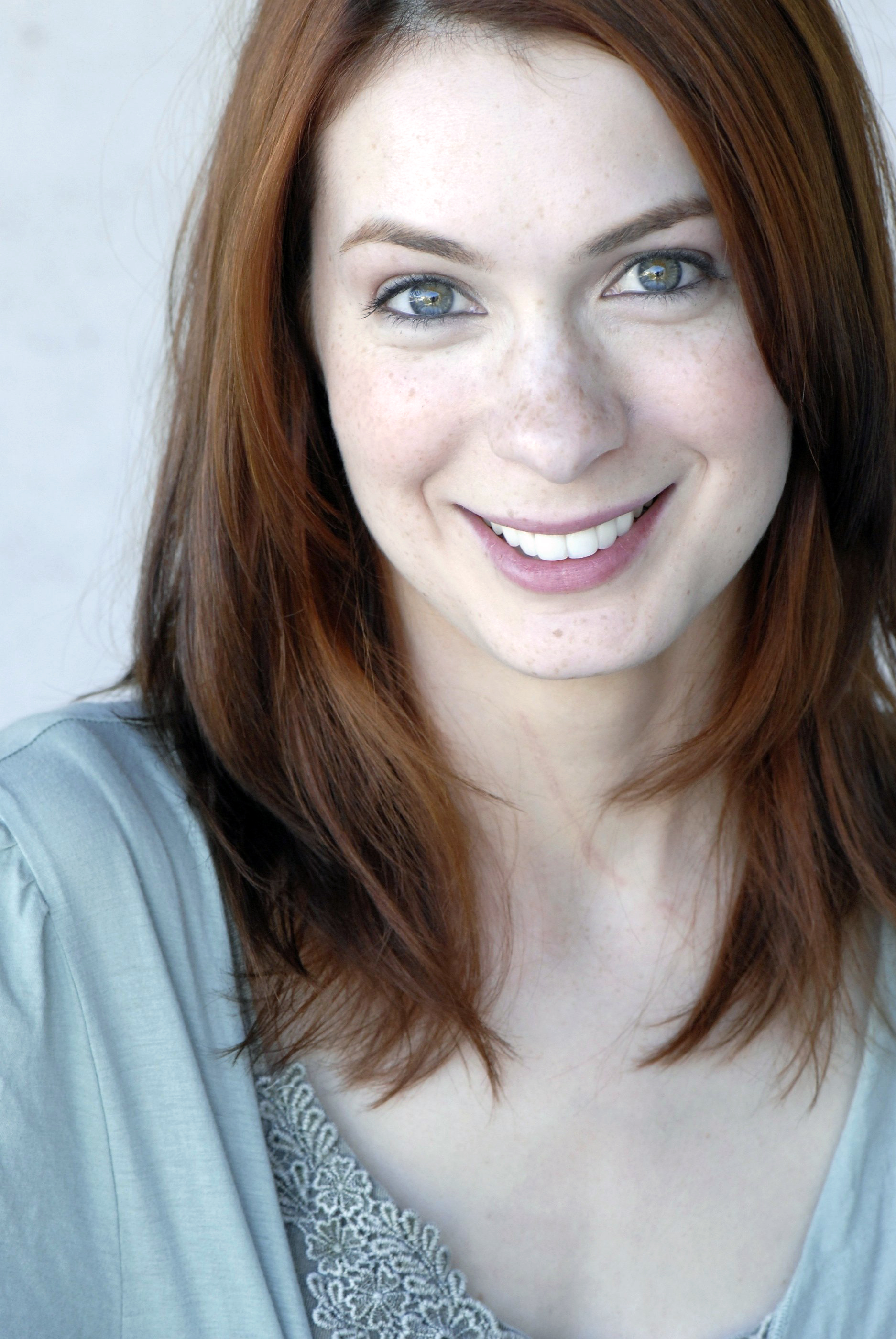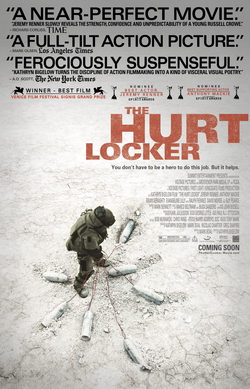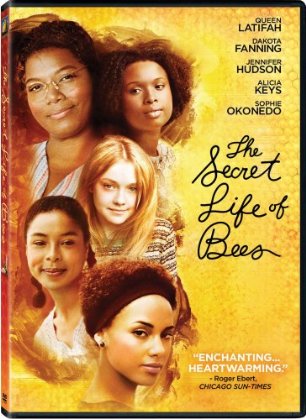
"So okay, I don't want to be a traitor to my generation and all but I don't get how guys dress today. I mean, come on, it looks like they just fell out of bed and put on some baggy pants and take their greasy hair - ew - and cover it up with a backwards cap and like, we're expected to swoon? I don't think so." This is one of many memorable quotes theatrically provided to us by Alicia Silverstone, through the character of Cher Horowitz in the movie
Clueless. Who really said this though? None other than the talented Amy Heckerling. Born a Bronx girl, Heckerling attended the High School of Art and Design in Manhattan. Upon graduation, she embarked on her film journey, studying at New York University. Heckerling wrote and directed many smash hit movies, such as
Fast Times and Ridgemont High, Look Who's Talking, Look Who's Talking Too, National Lampoon's European Vacation, Clueless, Loser, and more.
Clueless is a an adapted modern day
Emma, with Amy Heckerling doing a fantastic job adapting Jane Austen. Her vision and influence on this film is sheer reflection on her role as auteur.
Clueless is a story of a "Beverly Hills teen, Cher, whose penchant for helping others with their relationships and self-esteem is a cover for her own loneliness" (
amazon.com). With the obvious echoes of Jane Austen's
Emma, Heckerling has said herself that she borrowed the exact structure from Austen's 1816 novel. She had read
Emma in college, and it completely matched the path that she wanted her own character to take. Heckerling's role of auteur really began to take place with the research that she conducted while scripting the film. She would spend time sitting in on various classes, sports events, and activities at Beverly Hills High School. She would eavesdrop on gaggles of girls, and find out where the next cool skateboarding competition would be held. She would watch MTV constantly, read books other teenagers were reading, and really dug in to the frame of mind of a teenager in the 90s. All of this research really gives a personal flare to her screenwriting and directing, because it is her perception of these actual events that is now being translated to film through her eyes. Because it is her perception and interpretation, it is really her artistic vision coming through as the creator of this fictional world (
jasa.net).

In an interview with Heckerling conducted by the American Film Institute, the moderator asked Heckerling, "I wonder what you think... What is directing about?" Flabbergasted by this question, Heckerling replied honestly, "Directing what, though. Well, you know, in this film the problems, the decisions that I made are very different than what comes up in other films. I mean, to me it was like keeping the kids focused and having color schemes for the scenes and making sure that there was the proper coverage to get across whatever jokes or scenes or material we were dealing with that day, making sure we had everything before the sun went down. I guess you're looking for some sort of statement of what kind of interpretive art it is but since I wrote it, I wasn't thinking what does the writer mean? It was like, how much pink can I put in this scene? [Laughter]" (
jasa.net). This answer sort of eludes to a sense of displacement with the movie. Almost as if she was not completely invested into the outcome of it, for example conceding that she did not consider the question of "what does the writer mean"? That is interesting considering she was the writer, but I think she is somewhat downplaying her role as auteur, to perhaps take less pressure off of herself, or to be modest.
Clueless was received famously by the press. It earned smashing reviews left and right, from the
New York Times to the
Washington Post,
USA Today and
Rolling Stone. Praising this movie as one, "Crammed with pop-culture references to everything from cellular phones to skateboarding to Starbucks (she scores one of her biggest laughs just by showing a Mentos TV commercial), Heckerling's script has even more and better teenspeak lines than "Heathers."" (
Washington Post). Critics ranted and raved about the role of the privileged, blond-bimbo with not a care in the world, obsessed with fashion, looks, and maintaining popularity.
Overall, Amy Heckerling's roll of auteur really approaches the films from a teenage perspective. She is in touch with the youth, and what they are going through. What are they going to be when they grow up? What is their self-image? What is their perspective on the world, and on other teenagers? What are they good at? What is cool? There is also a role of gender in
Clueless. It is not what the film is solely about, as it is more general to all teenage pop culture, but it does include a lot of body image and style. For example, Cher's ridiculous rotatin closet with the most absurd collection of clothing, or the rampant nose jobs that girls in the school receive. There is also the transformation of Tai, a new girl attending Beverly Hills High School, that Cher and Dionne take on as their "project" to makeover and make her "popular". Heckerling does a fantastic job of portraying these real life ideas and questions in her films, but
Clueless really took the nation by storm (
Hormonal Pyrotechnics 101).
 I previously made a presentation on Yvonne Ridley, here is some useful websites that you can read about some articles she has written:
I previously made a presentation on Yvonne Ridley, here is some useful websites that you can read about some articles she has written:


































 Not only did Troy Beyer explore acting but she also put her writing skills to use, she wrote the movie B.A.P.S starring Halle Berry of which began her interest in directing since she was unhappy with how her script had been changed during the filming process. Inspired by B.A.P.S, her directing career began with her writing and directing the screen play
Not only did Troy Beyer explore acting but she also put her writing skills to use, she wrote the movie B.A.P.S starring Halle Berry of which began her interest in directing since she was unhappy with how her script had been changed during the filming process. Inspired by B.A.P.S, her directing career began with her writing and directing the screen play


